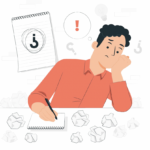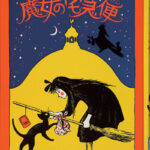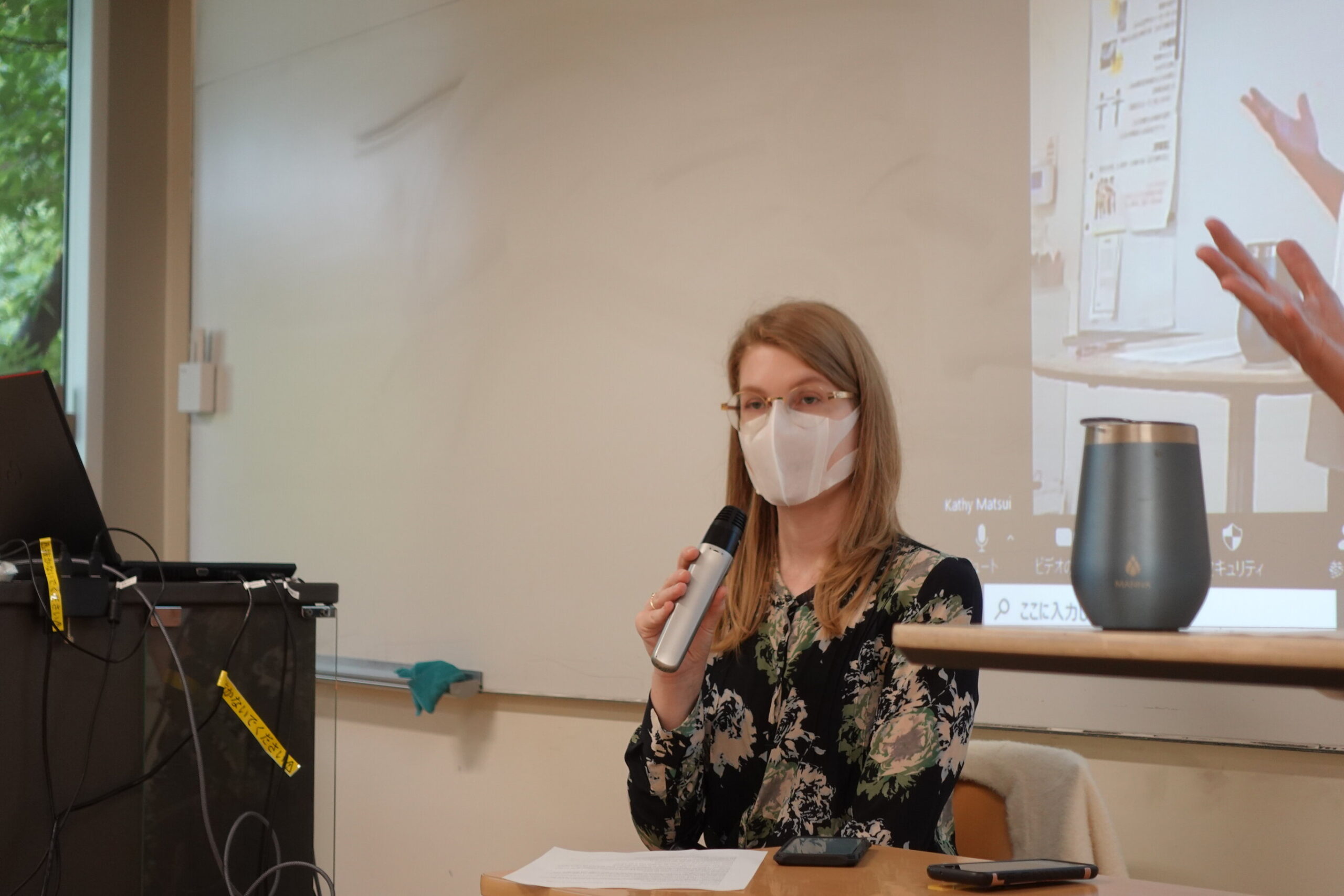Kirie – Japanese traditional paper cutting and picture books
These days I find myself wondering how pictures in a picture book are made. People draw them, yes. But how do they create such a cohesive story with their pictures? The most conventional way of creating pictures is drawing them by hand. Nonetheless, Pictures in picture books are created with various tools: In addition, there ... Read More



